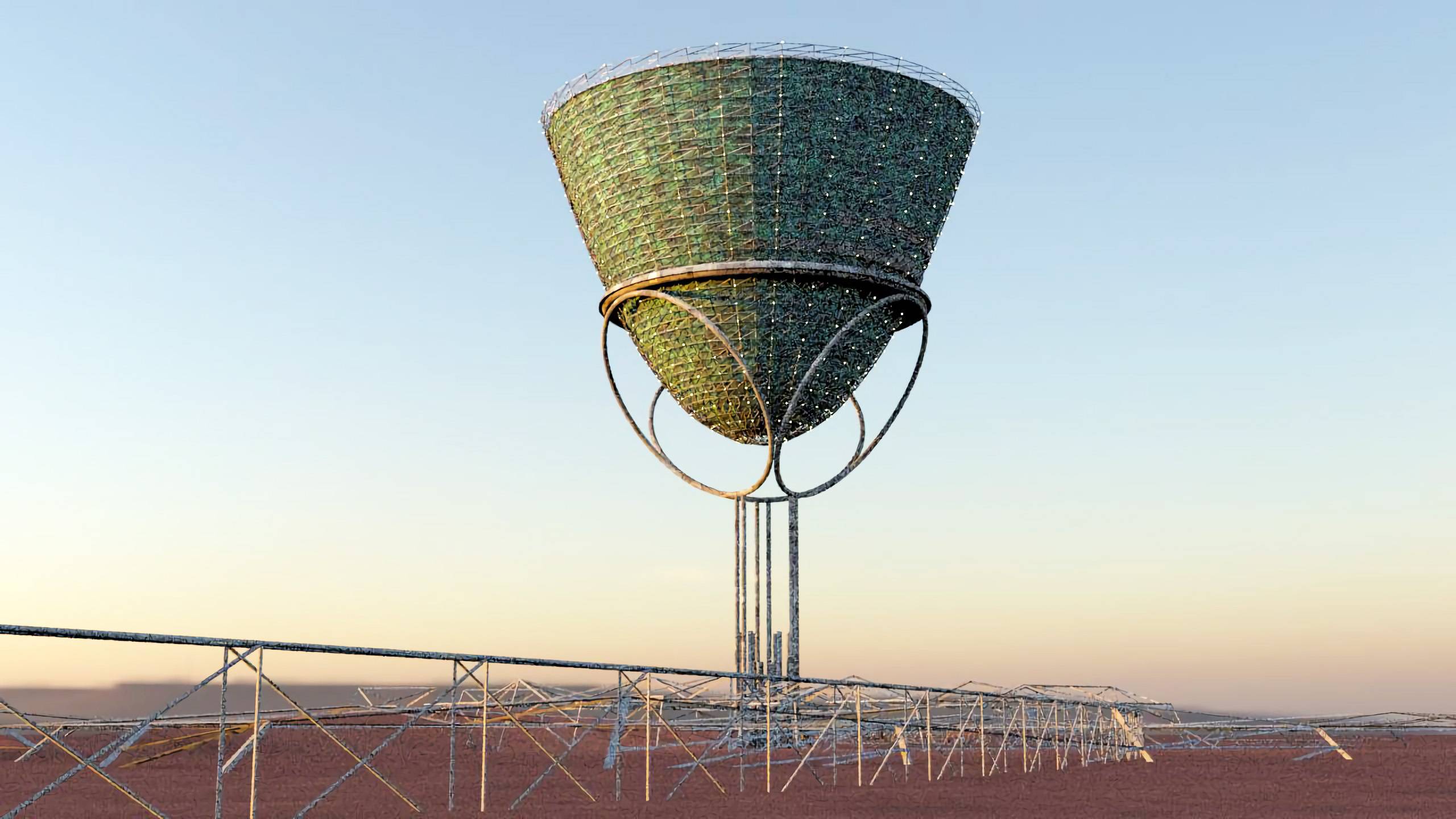-

An image of a lunar living facility envisioned by scientists at Kyoto University and Kajima | COURTESY OF KAJIMA CORPORATION
Kyoto University and major construction firm Kajima have announced the start of a joint study to design a residential facility featuring artificial gravity, which, if successful, could help bring the idea of living on the moon and Mars out of sci-fi movies and into reality.
As countries and businesses race to develop technologies that will allow people to live and travel beyond Earth's atmosphere, the health implications of low gravity on the human body have recently come into focus.
Scientists at Kyoto University’s SIC Human Spaceology Center and Kajima are trying to overcome the challenge by building an inverted cone-shaped residential facility that rotates and creates a centrifugal force, thus achieving a level of gravity equivalent to the one on Earth.
The gravity on Mars is 38% of Earth’s, while the moon’s gravity is one-sixth of our planet's.
“Without gravity, mammals might not be able to reproduce and their babies might not develop well,” researchers said in their news release. “If people grow up in a microgravity environment, their body would change so they wouldn’t be able to stand up on Earth. We propose an artificial gravity-installed living facility … as a core technology to allow people to live in space.”
The envisioned living facility will contain what is called a “core biome complex,” complete with the minimum volume of air, energy, food, vegetation, soil and fresh water necessary for human survival, as well as an ocean-like body of water. People can live in this closed, Earth-like environment, only going out when they want to enjoy microgravity outside, be it on the moon or Mars, researchers say.

The team also aims to design what they call a “hexagon space track system,” a public transportation system that connects Earth, the moon and Mars. In a future where people move between humankind's home planet and these colonies, a transportation system will also require artificial gravity and a method for shielding such structures from cosmic radiation in order to minimize the health impacts of space travel, according to the researchers.
“We would like to present completely original ideas,” Kyoto University professor Yosuke Yamashiki said, adding that scientists will focus on recreating an Earth-like biological system under artificial gravity.
Studies of astronauts over the years have shown that traveling between different gravity fields can lead to a range of health risks, including osteoporosis, stone formation, muscle loss and damage to the eyes.
Takuya Ono, a Kajima engineer involved in the project, said that the goal is to build a version of the facility in some form on the moon by 2050, noting that gravity issues need to be overcome to make it possible for people to return to Earth after spending time on the moon or Mars.
The researchers did not go into detail on the scale of investment in the project, but acknowledged that cost will be one of the main challenges.






